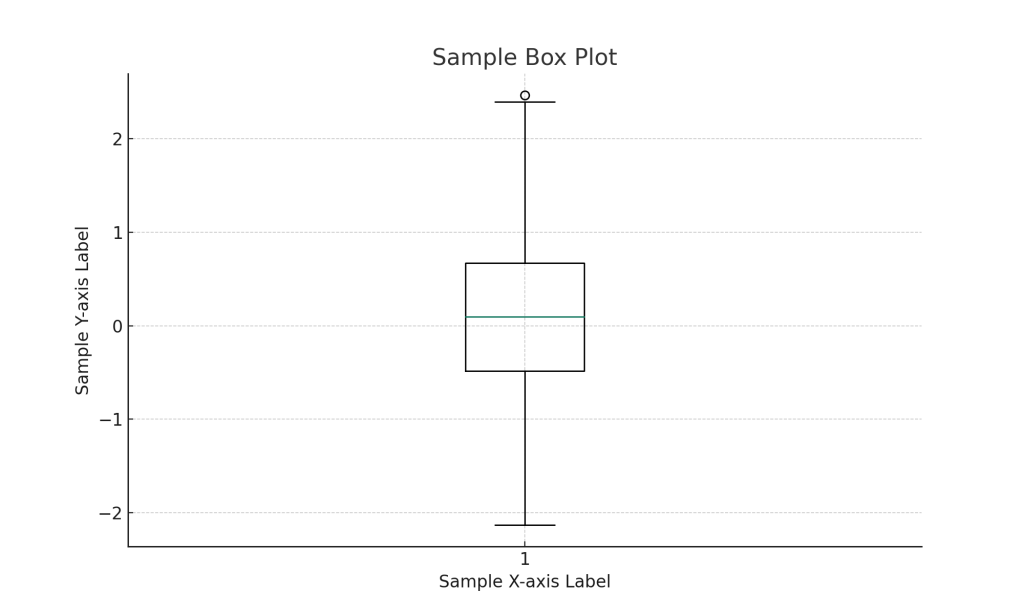
Box and Whisker Plot Excel, a pivotal tool in Excel, is extensively used for statistical analysis. It efficiently summarizes data from multiple sources by displaying the distribution and identifying the dataset’s median, quartiles, and outliers. This guide delves into the significance of Box and Whisker Plot in Excel, the qualifications required to master it, and free resources to learn this valuable skill.
Table of Contents
The Importance of Box and Whisker Plot in Excel
Box and Whisker Plot Excel is a versatile tool in data analytics, offering a visual summary of data distributions. It is beneficial in comparing distributions between several groups or datasets, making it an indispensable tool for professionals in various fields, including those pursuing a career as a Data Analyst or delving into Big Data and Data Analysis Methods and Techniques.
Relevant Uses in Data Analysis
- Identifying Outliers: Essential for fields like Healthcare Data Analyst Jobs, where data accuracy is critical.
- Comparing Distributions: Useful in Multivariate Analysis and when analyzing secondary data.
- Summarizing Data: Aids in clear communication of data insights, a key skill for Remote Data Analysts and those involved in Data Analytics Certification.
Qualifications and Skills Required
To effectively use Box and Whisker Plot Excel, a foundational understanding of Excel and basic statistical concepts is necessary. Skills essential for a Data Analyst, such as proficiency in data manipulation and interpretation, are also crucial. Knowledge in areas like XLOOKUP Multiple Criteria can enhance the utility of Box and Whisker Plots.
Box Plot of Randomly Generated Normal Distribution

Learning Box and Whisker Plot Excel for Free
There are numerous online resources where you can learn Box and Whisker Plot Excel for free. Websites like Khan Academy and Coursera offer tutorials and courses that cover Excel and its data analysis features, including the Box and Whisker Plot. These platforms provide an excellent starting point for beginners and those seeking to enhance their skills.
Additional Resources
- Data Analyst Portfolio: Showcasing your Box and Whisker Plot skills can enhance your portfolio.
- Part-Time Data Analyst Jobs: Practicing these skills in real-world scenarios.
- Data Analyst Internship: Gaining hands-on experience.
Integrating Box and Whisker Plot with Other Data Analysis Skills
Understanding Box and Whisker Plot Excel is more beneficial when combined with other data analysis skills. Knowledge of Quantitative vs Qualitative Data, Data Analysis Process, and Essential Data Analyst Skills complement Box and Whisker Plots, providing a comprehensive approach to data analysis.
Enhancing Career Prospects
- Data Analyst Salary in NY: Proficiency in Excel, including Box and Whisker Plot, can boost your earning potential.
- Data Analytics or Software Development: Integrating these skills can expand career opportunities.
- Career as a Data Analyst: Mastery of Excel features like Box and Whisker Plot is crucial.
Conclusion
Box and Whisker Plot Excel is essential for anyone involved in data analysis, offering a clear visual representation of data distributions. Whether you’re aiming for a role as a Data Analyst, a Big Data Engineer, or simply looking to enhance your data analytics skills, mastering this tool is invaluable. With the availability of free resources online, learning Box and Whisker Plot Excel is accessible to all.
FAQ’s
How to make a box and whiskers plot in Excel?
A box and whiskers plot, also known as a box plot, visually summarises a set of data by displaying its five-number summary: the minimum, first quartile (Q1), median, third quartile (Q3), and maximum.
Here are the steps on how to make a box and whiskers plot in Excel:
- Select your data. This can be a single column of data or multiple columns of data if you want to compare different groups.
- Click the Insert tab.
- Click the Insert Statistics Chart button.
- Select Box and Whisker.
- In the Box and Whisker dialog box, select the data range that you want to plot.
- Click OK.
Your box and whiskers plot will be created and inserted into your worksheet.
How do you increase the spacing between boxes and whisker plots in Excel?
There are two ways to increase the spacing between boxes and whiskers plots in Excel:
- Change the chart layout. To do this, click the chart and then click the Chart Layout tab. In the Chart Layouts group, click the layout you want to use.
- Adjust the spacing manually. To do this, right-click the chart and then click Format Chart Area. In the Format Chart Area dialog box, click the Spacing tab. Under Horizontal alignment, enter the spacing you want between the boxes and whiskers plots. Under Vertical alignment, enter the spacing between the boxes and whiskers plots and the axis labels.


